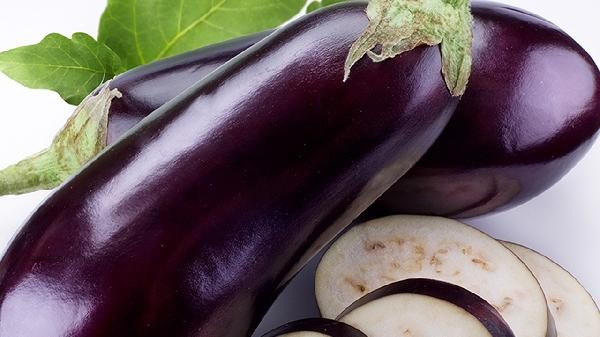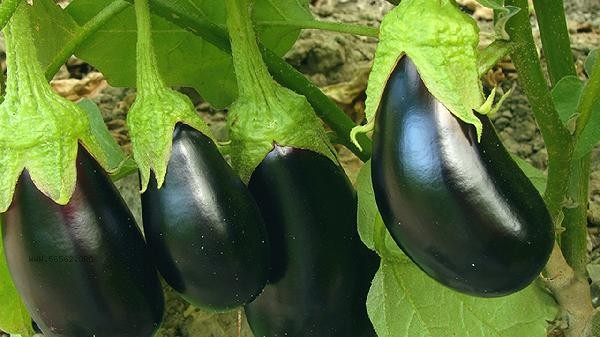The key to reducing oil absorption and improving the taste of eggplant during stir frying lies in pre-treatment and cooking techniques, mainly including slicing and soaking in salt water, high-temperature fast frying, steaming before frying, controlling oil temperature, and pairing with oil absorbing ingredients.

1. Salt water immersion
Cut the eggplant into pieces and soak them in light salt water for ten minutes. Salt can destroy the sponge like structure of the eggplant and reduce its oil absorption. After soaking, squeeze out the water and then put it in the pot to keep the eggplant meat compact. This method is suitable for making dishes such as braised eggplant that require shape preservation, while also retaining the anthocyanins in the purple skin of the eggplant.
2. High temperature fast frying
Use a large heat pot and cold oil to quickly stir fry, and high temperature can quickly form a protective film on the surface of eggplant. It is recommended to use vegetable oil with a high smoke point, with the oil content controlled at two-thirds of the usual amount for stir frying. When stir frying, gently press the eggplant with a shovel to help heat it evenly. The fried eggplant made by this method has a slightly charred outer skin and a soft and sticky inner layer, which is suitable for pairing with minced garlic to enhance its aroma.
3. Steam first and then stir fry
Steam the cut eggplant for three minutes until it becomes semi transparent before stir frying. Steam can soften the eggplant fibers in advance. The cell wall of steamed eggplant has collapsed, reducing its oil absorption by more than half. Subsequent frying only requires a small amount of oil to moisten the pot. This method is particularly suitable for making dishes such as fish flavored eggplant that require a soft and tender texture, and can better absorb seasoning sauce.

4. Control the oil temperature
When the oil temperature rises to the point where chopsticks are inserted and small bubbles appear, lower the eggplant and maintain medium to high heat to stabilize the oil temperature. Add cooking oil in small amounts, and wait until the eggplant is fully absorbed before adding oil each time. The cumulative oil consumption is reduced by 60% compared to directly frying. By continuously flipping with a spatula, eggplants can be evenly heated without burning, making them suitable for making dry and fragrant dishes such as stir fried eggplants.
5. Ingredients
Choose water containing vegetables such as tomatoes and green peppers to stir fry together, as their juice can inhibit eggplant from absorbing oil. Choose chicken breast or shrimp with low fat content as meat, and use the Maillard reaction between protein and eggplant to enhance flavor. Adding an appropriate amount of vinegar or lemon juice, acidic substances can delay the oxidation and discoloration of eggplants, making the finished product refreshing and not greasy. Eggplant, as a low calorie and high dietary fiber vegetable, is rich in vitamin P and potassium elements. Cooking with less oil can better leverage its nutritional advantages. It is recommended to cook with vegetables rich in sulfur compounds such as onions and colored peppers in daily life, which can enhance flavor and promote nutrient absorption. For people with weak digestive function, eggplants can be peeled and steamed with a small amount of sesame sauce for seasoning, which not only meets the taste requirements but is also easy to digest. Be careful not to eat with cold foods such as crabs, and those with weak cold constitution should control their consumption.









Comments (0)
Leave a Comment
No comments yet
Be the first to share your thoughts!